Using Social to Integrate Online & Offline Marketing

:: Elena Ruchko, Promodo.com ::
The line between online and offline marketing is blurred - in great part thanks to social media. The challenge (and opportunity) for brands is embracing all touchpoints with cross-channel marketing.
Social media very often bridges online and offline channels and, when done well, provides customers one continuous brand experience. So be prepared to see social media as a must-have component in many tactics suggested below on how to integrate online and offline marketing.
Hashtags. Whether you are organizing a charity marathon or running a local café, you can use hashtags to get people talking about your brand online. By including a hashtag in printed materials, offline ads or mentioning it another way, you can encourage people to use it when talking about your brand online. With one hashtag used across different social media platforms, it is possible to create a community around your brand as well as to better engage with the fans and respond to their online mentions.
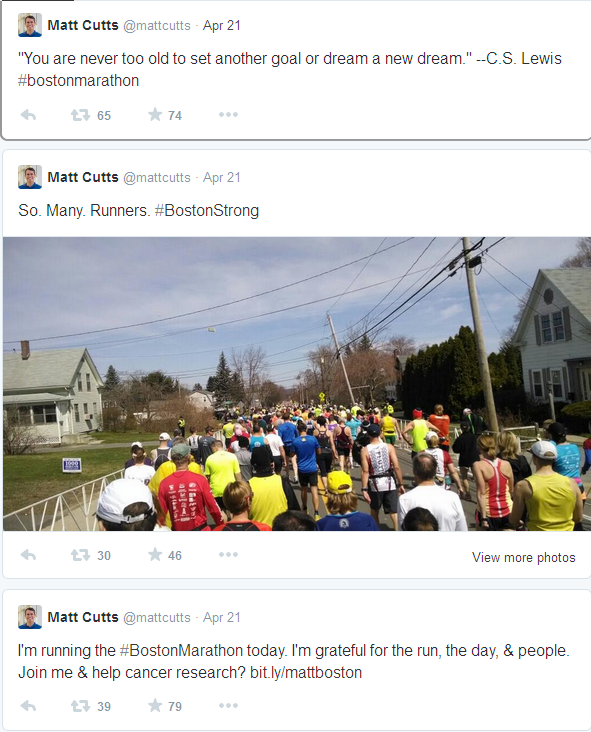
Head of Google's Webspam team, Matt Cutts, tweets about Boston Marathon with hashtag #BostonMarathon
There are also several ways to make use of non-brand-related hashtags, such as those referring to certain places, events (like Matt Cutts did) or type of products.
Visuals. Sharing happy moments with others through photos and videos is one of the things which make visual social platforms so successful. Different types of photo contests which are run on Facebook (but which you can spread the word about offline) are a frequent promotion method which could result in tremendous brand awareness and great audience engagement. Special applications that automate the process are of great help in this case. Wishpond and AgoraPulse are two to consider.
Instagram is a whole separate story. People love to take images of tasty-looking food, smart outfits and many other things, so a lot of brands have incorporated Instagram as a basic element of online-offline marketing campaign. The range of marketing activities spans promo code distribution, running image competitions and posting photos on new products launched.
Some brands take an especially smart approach, like Latin American restaurant Comodo, which shortly after being launched, encouraged users to take and share photos of its dishes. The establishment used its own hashtag #Comodomenu which was printed at the bottom of its real-life menu. So while some restaurant visitors took and uploaded food photos on Instagram, others could easily check the restaurant dishes by browsing the images with hashtag #Comodomenu and decide what to order for themselves.
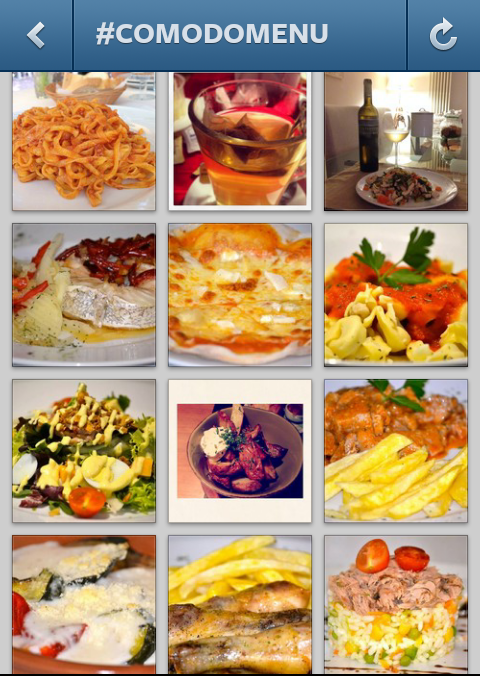
Instagram photos with hashtag #Comodomenu
Promo codes and social media. For some product and services, a potential customer usually needs time to make a purchasing decision, so they may do research on your site but leave without buying. Social networks are very helpful in this case, as by following your brand online, a customer stays with you all the time seeing the news, product updates and special offers.
One of the ways to encourage people follow your brand online is promo codes which could be obtained in social networks through special apps. Woobox is a popular solution for those who distribute codes on Facebook or Twitter. Among another features, Woobox has an option of a group deals, which require users to be a follower of your brand or tweet about your offer in order to get a coupon.
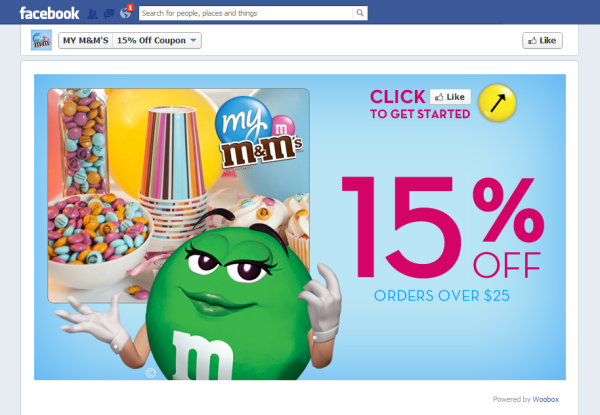
M&M's using Woobox app for giving coupons on its Facebook page
Foursquare. After you have claimed your business location for your offline establishment in Foursquare, you can start engaging with visitors and promote your brand online in multiple ways. These could be updates or special offers that come right to the users' newsfeed, rewarding visitors who check-in at your place, encouraging people to leave a feedback and much more.
Instagram has been mentioned already as a powerful marketing tool and here it can be also incorporated to amplify the effect. If you run a restaurant, you can encourage visitors to share photos of your dishes on Instagram with the location tagged. Interesting images can be then used for your restaurant listing on Foursquare in order to attract more users to stop by.
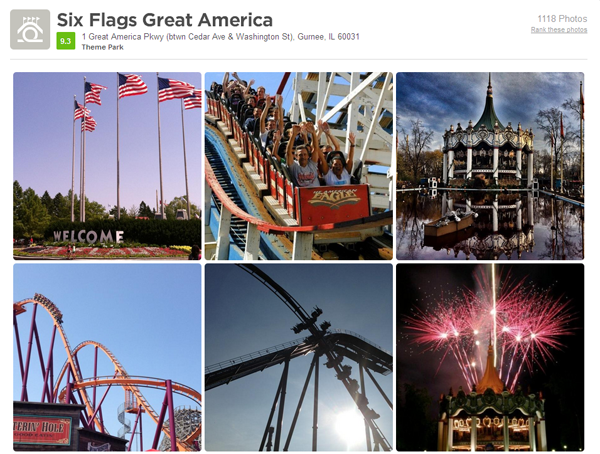
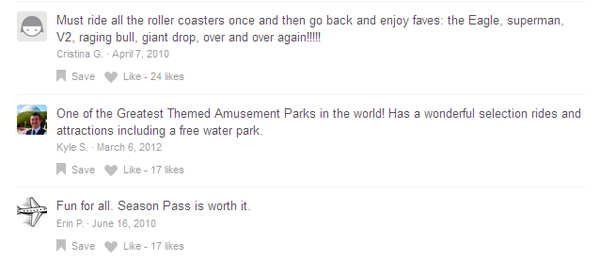
Users' photos and comments on Six Flags' profile on Foursquare
So integration of online and offline marketing activities has several convincing benefits: seamless brand presence across all channels, provide more information about the product, more opportunities to interact with the audience and engage them in more meaningful ways. The major trends in integration of online and offline involve social media which enable users to hold conversations, share happy moments and participate in different activities.
Do you have any ideas on how to merge offline and online marketing efforts? Share your experience with us in the comments below!
 Elena Ruchko is a marketing assistant at Promodo.com, and is in charge of the company's social media accounts and content marketing efforts. You can connect with her via LinkedIn, Facebook, Twitter or Google+.
Elena Ruchko is a marketing assistant at Promodo.com, and is in charge of the company's social media accounts and content marketing efforts. You can connect with her via LinkedIn, Facebook, Twitter or Google+.

Subscribe to Our Newsletter!
Latest in Social Media










